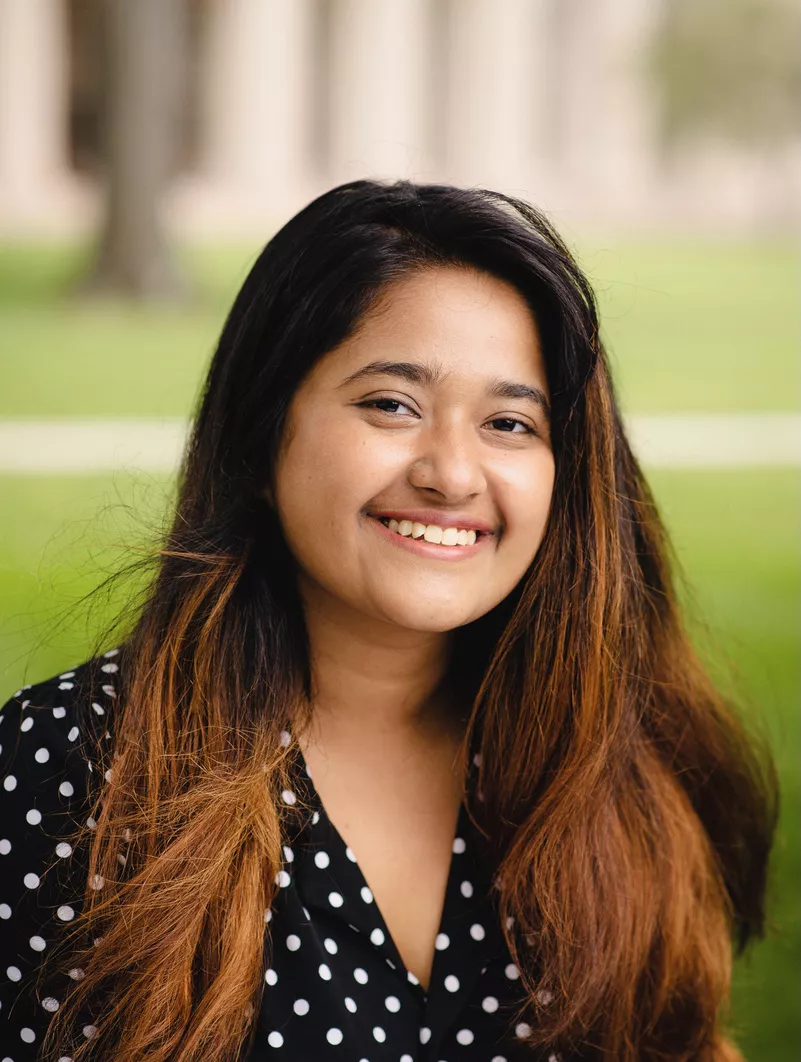
Name: Hurum Maksora Tohfa
Class Year: 2022
Major: Physics
Hometown: Dhaka, Bangladesh
Internship Organization: Massachusetts Institute of Technology
Job Title: Research Intern
Location: Cambridge, Mass.
Award: Bryn Mawr College Internship Fund
What’s happening at your internship?
X-ray observations have shown that the wholesale cooling of the universe is being offset by mechanical heating from active galactic nuclei (AGN). Feedback and heating from AGN are considered a prime candidate for solving the “cooling flow” problem in the hot gas of galaxy clusters. Recent observations using the Chandra telescope has produced detection of X-ray surface brightness depressions known as “cavities” or “bubbles” in many of these systems, interpreted as buoyantly rising bubbles created by AGN outbursts. Studies of such cavities in clusters suggest that the outburst energy required to inflate these cavities would be sufficient to balance cooling. The pressure from these cavities has a one-to-one correlation with the luminosity of the clusters.
We have created simulations by imagining bubbles by varying their radii and distance from the AGN center. Our simulations show that we can recreate the relationship between luminosity and pressure of the cavity at random places in the galaxy cluster as some of the simulated data lies on the one-to-one line found in previously published work. This means the correlation is rather a property of the AGN and not the cavities.
Furthermore, the radius of the cavity and the distance where the cavity is located drives the scatter of the mentioned correlation. We explored some theoretical models to assess the radius vs distance correlation and even though some of the theoretical curves show lower slopes than the experimental correlation found in previously detected cavities, if we take telescope bias into account, the theoretical data merges with experimental data. Also, the scatter is driven by our inability to detect small cavities at large radii as signal to noise ratio goes down with radius. Based on the observing biases we have concluded that previously observed pressure-luminosity relation has substantial biases.
Why did you apply for this internship?
I have been doing research in computational cosmology for the last two years. I realized it would be a good opportunity for me to explore other areas in computational physics which is slightly more experimental.
What has been your favorite part of this internship?
I love the community here. The other interns and people in my research group have been very helpful in personal and professional growth. I also have been enjoying living in Boston.
What is most rewarding about your internship?
I like it when, after getting stuck on something for a couple of days, I finally figure out my way out of what I thought was dead end. My research took a lot of unexpected turns. So, it was very interesting to figure out how to work through those roadblocks.
Visit the Summer Internship Stories page to read more about student internship experiences.